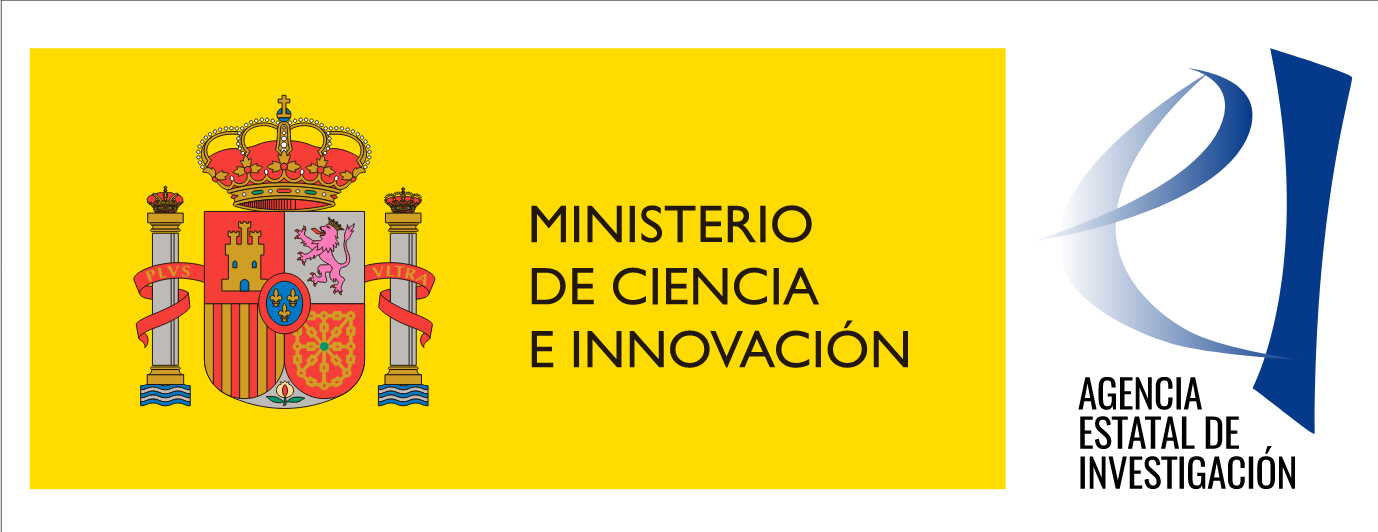
Welcome
LEGOCITS is the acronym for a project from the 2020 call for “R&D&I Projects” within the framework of the state programs for generating scientific and technological knowledge of the R&D&I system and R&D&I aimed at societal challenges. It is funded by the Ministry of Science and Innovation / State Research Agency (MCIN/AEI/10.13039/501100011033) with a budget of €108,900. The project’s goal is to learn from the endothelial glycocalyx to create optimized coatings for applications in tribology and separation sciences. The principal investigators are two members of the ACP: Drs. Cerdà and Bona.
The project started on September 1, 2021, and has a duration of 4 years.
Summary
LEGOCITS is a four year project that aims on one hand to solve specific unanswered questions of fundamental nature about the mechanobiology of the endothelial glycocalyx (EG), and on the other hand it plans to use that acquired knowledge to solve some unanswered questions of applied nature in the fields of microlubrification and separation science. See Table 1 in page 9 for a list of both applied and fundamental questions. The applied questions aim to get improved designs of coatings for three important biomedical related techniques: cell/particle sorting (CS), non-invasive sensing of particles and coatings (NI), and lateral flow separation chromatography (LC). This designs will be first numerically tested and benchmarked and subsequently an experimental proof of concept (TRL3) for the best coating in each technique (CS,NI,LS) will be performed. The project is expected to have a large impact both in science&technology as well in society&economy. The research we propose in LEGOCITS on one hand has the potential to boost novel medical insight on EG and its associated diseases (diabetes, atherosclerosis, cerebral ictus, hypertension, preeclampsia and other vascular problems, bacterial/viral sepsis, cancer metastatic cells spreading, and some mental disorders to mention just a few) on the other it facilitates new technology on coatings to appear in the market. We would like to remark that the company Micrux Technologies has provided a letter of support in which they express their interest in exploiting/commercializing the technology emerging from LEGOCITS. The project will also provide a priceless scientific and technological insight in the mechanics of fluids of deformable bodies close to deformable elastic walls, the mechanobiology of the RBCs and leukocytes in microvessels as well as the nature of their membrane fluctuations. In addition, it will provide scientific and engineering communities with a unique and impressive efficient multiscale code able to merge continuum with micro and nanoscale systems and carry out very realistic descriptions of the flow details at such combined variety of scales. This code has a huge potential for exploitation in industrial aimed research (microfluidics, nanofluidics, pharmaceutical, biomedical devices, or novel micro/nano material design to mention just a few), as well as in fundamental aimed research.
Why is it important to do this research?
LEGOCITS provides a high impact in both science and technology and has raised interest among some companies to exploit/commercialize the results of it. The project follows a dual purpose research aimed at (a) answering fundamental unknown questions about the endothelial glycocalyx (EG), and (b) use that knowledge to create optimized coatings for industrial purposes ranging from tribology to separation science. The knowledge facilitated via LEGOCITS will provide a priceless scientific insight in: (1) novel medical applications that target the EG and its related diseases (diabetes, atherosclerosis, cerebral ictus, hypertension, preeclampsia and other vascular problems, bacterial/viral life threatening sepsis, cancer metastatic cells spreading, and some mental disorders to mention just a few; see more details in section 1.1); (2) the mechanics of fluids of deformable bodies close to deformable elastic walls; (3) the mechanobiology of the RBCs and leukocytes in microvessels, and the fine details about their deformations by brownian flow fluctuations. (4) the know-how and design of optimized coatings for separation science purposes (cell sorting, lateral chromatography), non-invasive particle-sensing (elasticity, and size measurements); (5) the design of optimized coatings for lubrification purposes. (6) A tool that will enable not only to study in great detail the EG and the regions of fluid close to it, but also glycocalyx that surrounds most of cells and the close environment to them, allowing scientist to go far beyond what can be reached at this moment with typical molecular dynamics simulations. From the technological point of view, the project will provide: (1) a unique and impressive efficient multiscale code able to merge continuum with micro and nanoscale systems and carry out very realistic descriptions of the flow details at such combined variety of scales. This code has a huge potential for exploitation in industrial aimed research (microfluidics, nanofluidics, pharmaceutical, biomedical devices, or novel micro/nano material design to mention just a few), as well as in fundamental aimed research. (2) the know-how for the design of optimized coatings for lateral flow separation, and for micro lubrification. (3) the experimental proof of concept (TRL3) of those coatings for each one of the previous purposes. The project is also expected to impact on future leadership of Spain and the EU in both science and technology related to the fields of chromatography, cell sorting, and microfluidics application. At the economical and social level, LEGOCITS is also expected to have a large impact because of the large involvement of EG in all previously mentioned human diseases with a high social and economic cost. Therefore, knowing as much as possible about how the EG works and interacts with blood particles, bacteria and viruses is essential to provide in the future a remedy to such ill-conditions, increase the quality of living of society and spare incredible amounts of money in dealing with the aftermaths of such disseases. (b) LEGOCITS acts as a KET: the knowledge we get from EG and we translate into the design and building up optimized devices for chromatographic separations and cell sorting will give a clear edge in productivity to EU companies that have separation/analysis processes included in their value chain (petrochemicals, chemicals, food and beverage, pharmaceuticals, health, environmental, etc.).